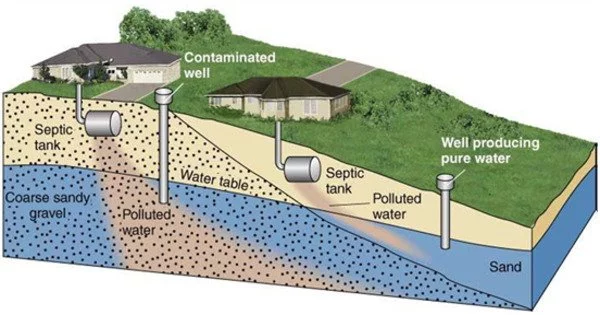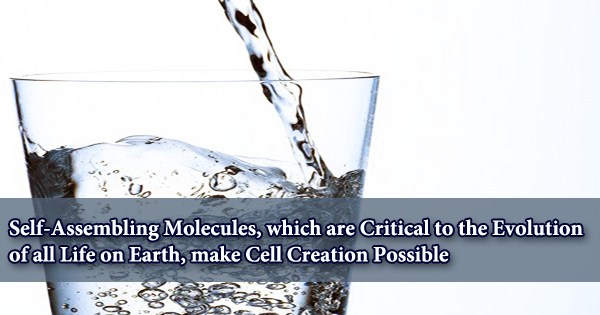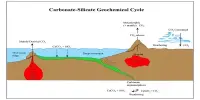Groundwater remediation is the process of removing pollutants or contaminants from contaminated groundwater so that it is safe for use or can be returned to its natural state. Groundwater is an important source of drinking water for many communities, and it is also used for irrigation, industrial processes, and other purposes.
Groundwater remediation refers to the process of cleaning contaminated groundwater and restoring it to a safe and usable state. Contaminants can come from a variety of sources, including leaking underground storage tanks, agricultural or industrial practices, and natural processes.
Groundwater remediation is the process of treating polluted groundwater by removing pollutants or converting them into harmless products. Groundwater is water that exists beneath the ground surface and saturates the pore space in the subsurface. Boreholes and dug wells supply between 25% and 40% of the world’s drinking water. Farmers use groundwater to irrigate crops, and industries use it to manufacture everyday goods. Most groundwater is clean, but it can become polluted or contaminated as a result of human activities or natural conditions.
There are several methods used for groundwater remediation, including:
- Pump and Treat: This method involves pumping contaminated groundwater from the ground and treating it at the surface to remove contaminants.
- In Situ Treatment: This method involves injecting chemicals or other substances into the contaminated groundwater to break down or remove contaminants.
- Natural Attenuation: This method involves allowing natural processes, such as bacteria, to break down contaminants over time.
- Physical Separation: This method involves removing contaminants from the groundwater through physical processes, such as filtration or settling.
The specific method used for groundwater remediation will depend on the type and extent of the contamination, as well as the location and underlying geology of the site. The ultimate goal of groundwater remediation is to make the groundwater safe for drinking, irrigation, and other uses.
Humans’ numerous and diverse activities generate an enormous amount of waste and by-products. Historically, such waste disposal was not subject to many regulatory controls. As a result, waste materials are frequently dumped or stored on land surfaces, where they percolate into the underlying groundwater. As a result, the contaminated groundwater is unfit for human consumption.
Current practices, such as overapplication of fertilizer or pesticides, spills from industrial operations, infiltration from urban runoff, and leaking from landfills, can still have an impact on groundwater. Using contaminated groundwater endangers public health by causing poisoning or the spread of disease, and groundwater remediation has been developed to address these issues. Groundwater contaminants include a wide range of physical, inorganic chemical, organic chemical, bacteriological, and radioactive parameters. Pollutants and contaminants in groundwater can be removed using various techniques, bringing the water up to a standard suitable for its intended use.
There are several methods of groundwater remediation, including physical, chemical, and biological methods. Physical methods involve removing contaminated groundwater and treating it through physical processes such as filtration, sedimentation, and evaporation. Chemical methods involve adding chemicals to the groundwater to neutralize, remove, or stabilize the contaminants. Biological methods involve using microorganisms to break down or remove contaminants.
Another commonly used method is pump-and-treat, where contaminated groundwater is pumped to the surface, treated, and then either returned to the aquifer or disposed of in an appropriate manner. In-situ methods, such as bioremediation and phytoremediation, are also used to treat contaminated groundwater in place, without pumping it to the surface.
The choice of remediation method depends on the type of contaminant, the location of the contamination, and the specific site conditions. The ultimate goal of groundwater remediation is to restore the contaminated groundwater to a level that is safe for use or to its natural state, and to protect public health and the environment.
















